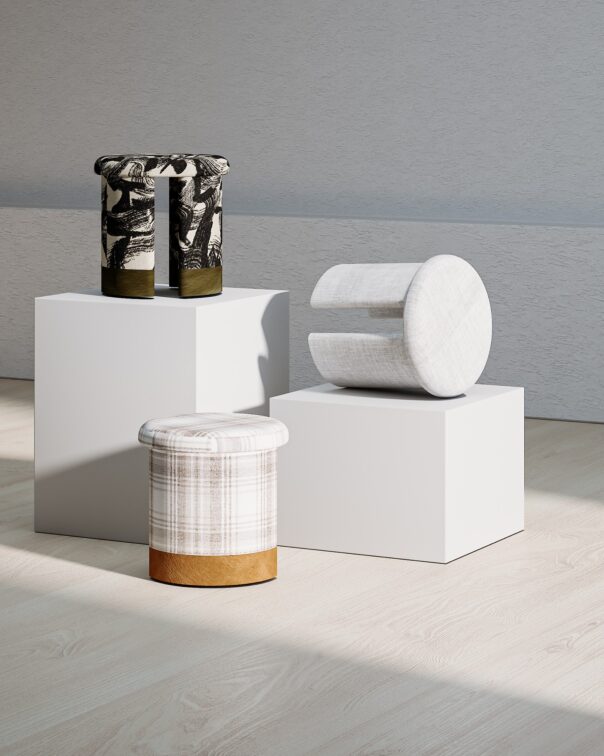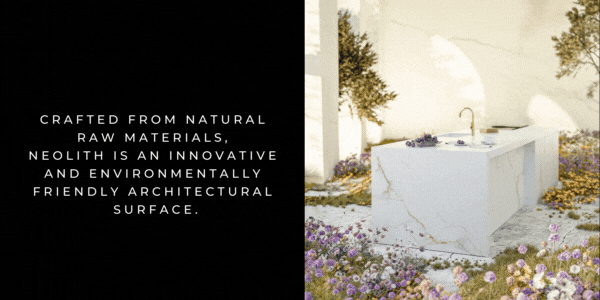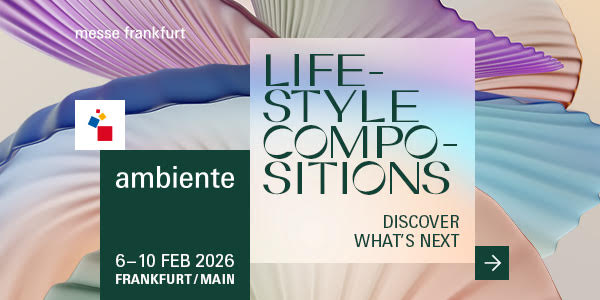Rooted in Story: The Cultural Threads Behind TheUrbanative’s Contemporary African Design
Mpho Vackier shot by Lutendo Malatji
Meet Mpho Vackier, the visionary behind TheUrbanative — an award-winning contemporary African furniture and product design studio based in South Africa.
An engineer-turned-designer, Mpho founded TheUrbanative with a mission to tell modern African stories through design. Her work beautifully merges abstracted African cultural elements with sleek, functional modern design, creating pieces that are as meaningful as they are aesthetically striking. With a deep belief in authenticity, representation, and collaboration, Mpho and her team are redefining what African design looks and feels like — one piece of furniture at a time.
All products are proudly designed and manufactured in South Africa, with TheUrbanative’s collections standing as a celebration of heritage, identity, and the endless potential of African creativity.
1. Where were you born, and where do you currently live?
I was born in Johannesburg, Gauteng, and raised in the Northwest province of South Africa, in a small town that gave me a deep sense of community and connection to place. I currently live and work in Johannesburg. It has also become the home of The Urbanative and such a rich source of inspiration, collaboration, and possibility for me.
2. How would you describe your work and aesthetic?
I’d describe my work and aesthetic as intentional. Every piece begins with a story, a reference, or a cultural thread that we translate into contemporary form. It’s about designing objects that not only serve a function but also carry meaning, evoke memory, or spark conversation.
3. In what ways does heritage, traditional craft, or culture influence your designs—through materials, techniques, or storytelling?
Visually, the aesthetic sits at the intersection of clean modern lines and abstracted African identity—meaning bold yet considered, warm yet refined. It’s rooted in materiality, with a strong emphasis on steel, wood, texture, and craftsmanship. But more than anything, it’s about creating design that connects to people, to culture, and to place.
4. Are there specific cultural references, histories, or personal stories that you try to honour or preserve through your work?
Heritage, traditional craft, and culture are the foundation of my design process. They shape the way I think about form, materials, and storytelling. I see design as a powerful tool to honour and reframe cultural narratives, so each piece we create at The Urbanative is rooted in a reference—whether it’s an architectural detail, a textile motif, or a symbol from African heritage.
These influences come through in different ways:
-
Through materials: We often use locally sourced wood, woven fibres, and steel—not just for their physical properties, but for their cultural associations and embedded histories.
-
Through techniques: We incorporate craft processes like weaving or joinery that reference traditional making methods, sometimes collaborating directly with artisans who hold that knowledge.
-
Through storytelling: This sits at the centre. Every design is a vessel for meaning. We abstract and reimagine elements from culture—not to replicate, but to create something new that still carries the essence of where it came from.
So, heritage isn’t something we add on—it’s woven into the DNA of our work, guiding both the aesthetic and the intention behind it.
5. What do you hope people will feel or discover when engaging with your work?
I hope people feel a sense of connection—to self, to culture, and to story. Whether they know the full reference or not, I want the work to spark curiosity, to invite reflection, and to feel both deeply personal and universally resonant.
I want people to discover that African design is layered, intentional, and ever-evolving. That it can be both bold and quiet, rooted and contemporary. That it carries memory, meaning, and a perspective that deserves to be part of the global design conversation.
Ultimately, I hope the work reminds people that design can be more than functional—it can hold space for identity, for beauty, for history, and for the future.
6. Can you share a piece or collection that best reflects your heritage influences and why?
One collection that deeply reflects my heritage influences, and that I resonate with most personally, is the African Crowns Collection, launched in 2018. It’s inspired by traditional African hairstyles, which for generations have been powerful symbols of identity, culture, status, and beauty. But for me, it’s more than just visual inspiration—it’s a love letter to my own hair story.
Growing up, like many African women, I was exposed to mixed messages about what “beautiful” hair looked like. There was often pressure to conform. So, designing this collection felt like an act of reclamation—a way to honour the crowns we wear unapologetically.
Each piece is a sculptural tribute, an ode to the textures, patterns, and forms of African hair. But it’s also a reflection of a personal journey back to self-love. In creating this collection, I wasn’t just referencing heritage—I was processing, celebrating, and reframing my relationship with my own identity.
It’s one of the most emotional collections I’ve worked on because it holds so much—history, memory, pride, and possibility. It reminds me that design can be healing. That beauty can be a form of resistance. And that telling our stories—especially the ones that shaped us—is a powerful, necessary act.
7. Who are the makers or creatives that shaped your love for craft or design?
There are so many, across disciplines and generations, but I think my love for craft and design was shaped by both the quiet influences close to home and the bold voices in the global design space.
Locally, I’ve always been inspired by the everyday makers—the seamstresses, weavers, and woodworkers I saw growing up—who created out of necessity, but with such beauty and intention. That sense of resourcefulness and creativity within community really shaped how I think about design as something living, functional, and culturally rooted.
8. What’s a piece of advice or philosophy that’s stuck with you through your creative journey?
One piece of advice that’s really stayed with me is: “Start where you are, with what you have, and trust your voice.”
In the beginning, it’s so easy to feel like you need to wait—for more experience, more resources, more validation. But I’ve learned that some of the most powerful work comes from simply beginning—with honesty, with intention, and with a willingness to grow through the process.
It’s also been important for me to hold onto the idea that design isn’t just about aesthetics—it’s about meaning. So, the philosophy I carry with me is: design with purpose. Every material, every curve, every reference should be intentional. That’s what gives a piece its soul and what makes it resonate long after trends fade.
Isinmi Ottomans
Contact:TheUrbanative
You might also like...
-
The Art of Bold Living: Wallpaper Wonders with oLivespace’s Vanessa Frylinck

When it comes to transforming an interior into a vibrant and captivating environment, few tools are as impactful as bold wallpaper. Interior designers know that ...
-
A Conversation with Thabisa Mjo of Mash T Design

Thabisa Mjo, founder and creative director of Mash T Design Studio, is known for her innovative work that seamlessly blends heritage with forward-thinking design. Her ...
-
A Celebration of Design and Elegance in Mont Choisy, Mauritius

In the heart of Mont Choisy, one of Mauritius’ most exclusive and picturesque enclaves, Roche Bobois has recently unveiled an extraordinary design collaboration through a ...
-
Christopher de Bod Reveals the Interior Design Trends Set to Define 2026

As we look ahead to 2026, the world of interior design continues to evolve toward authenticity, sustainability, and emotional connection. Few understand this balance better ...




























